Electricity market
A lot need to be done to ensure access to reliable electricity for African’s citizens. However a number of complications are hindering the achievement of UN sustainable goal.
Access rates are expanding in many nations, and technology and design improvement are on the way in offering opportunities for a rapid growth.
According to the World Bank, about 1.1 billion people on earth are without access to electricity, from the figure, about half live in Africa.
The Bank’s Global Tracking Framework shows progress is being made to deliver electricity to those without, most of it is taking place in Asia, but in Africa, it is a different story.
The continent of Africa is barely able to keep up with its population growth, and current steady gains are not enough to achieve the UN’s Sustainable Development Goals (SDGs).
It is an underlying assumption that access to energy is a requirement for achieving many of the UN’s SDGs.
Many African countries lack comprehensive national strategies to guide their efforts.
Government, the private sector, civil society, development organizations and financiers all have an important role to play and must be given a place at the table.
Governments have a responsibility to oversee sector development, drive the electricity access agenda, provide (or arrange) financing, and ensure effective regulations and active citizen engagement.
Development partners need to understand where they can add the greatest value.
Another complication toward universal energy access in Africa are the many utilities suffering financial distress. World Bank plays a key role in helping to guide government and utilities toward a more stable and effective power sector.
Bank support has contributed to significant increases in energy access rates. In Rwanda, for example, access jumped from 6 percent in 2009 to 22 percent in 2015.
Tanzania increased access from 2.5 percent in 2010 to around 24 percent in 2014. In Kenya, electricity access increased from 23 percent in 2009 to 50 percent today.
23% of #Kenyans had electricity access in 2009. That number is 50% today: https://t.co/MNonZliLST #SDG7 #GlobalGoals pic.twitter.com/XUDLB8bQtg
— World Bank (@WorldBank) May 25, 2016
A second challenge has been the use of urban technical standards in rural areas where demand is significantly lower.
In Africa, low-cost options like Single Phase Reticulation, Single Wire-Earth Return (SWER), Shield Wire Systems (SWS), and the associated cost-effective design of transmission expansion, have been successfully introduced in Ghana, Namibia, Togo, Burkina Faso and South Africa.They could be replicated elsewhere.
With an ambitious target of providing clean, affordable, quality-verified off-grid lighting to more than 250 million people across sub-Saharan Africa by 2030, the World Bank Group’s Lighting Africa program addresses both supply and demand through a market-tested combination of policy development, quality assurance, market intelligence, access to finance, business support and consumer awareness.
The Bank has provided electricity to 14 million people in under six years, and the market is growing at 141 percent annually.
As it is the case globally, the effort to provide universal, sustainable energy access to Africa requires public and private partners coming together to invest in generation, transmission, distribution and off grid solution.





![Cyber Africa Forum highlights Benin's bold digital resilience [Business Africa]](https://static.euronews.com/articles/stories/09/33/14/38/320x180_cmsv2_675083a0-3d42-5b59-aba8-cbd15242e6d9-9331438.jpg)
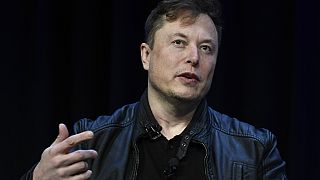
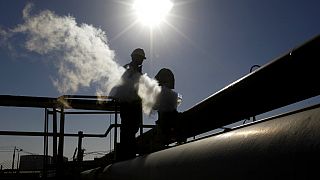
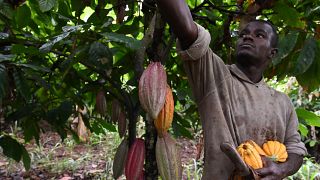
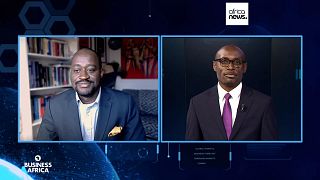
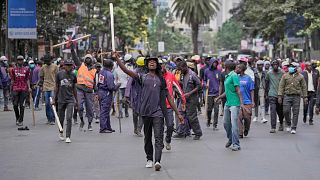

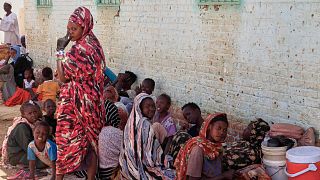
Go to video
Paraguayan town celebrates vibrant Kamba Ra'anga festival with masks, fire and tradition
Go to video
World Bank grants South Africa $1.5B for infrastructure, green energy
01:46
Poverty drives instability, conflict - UN chief
01:47
Chinese city of Xuchang is world's biggest producer of wigs
01:15
U.S. considers adding more African countries to travel ban
Go to video
World Bank resumes Uganda loans after anti-gay law freeze